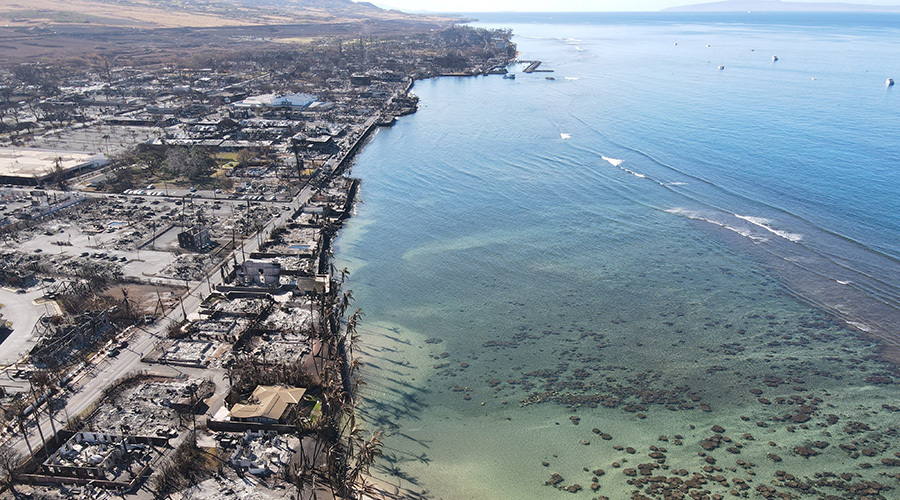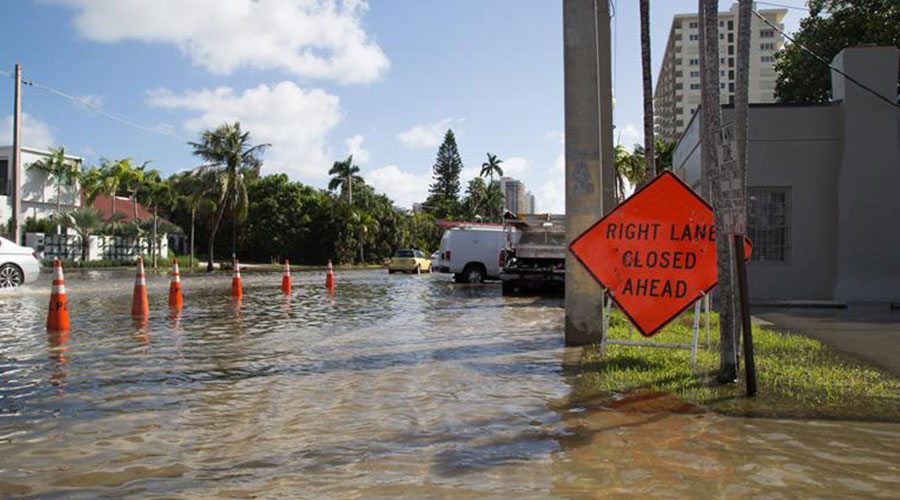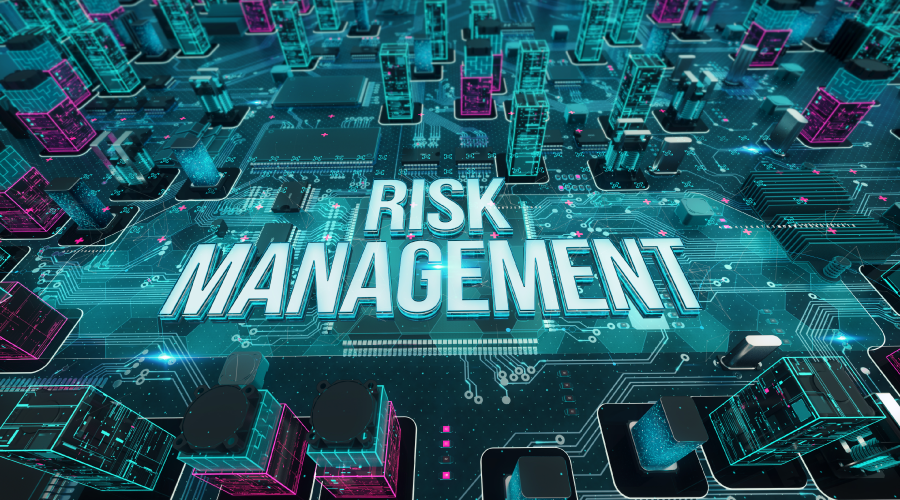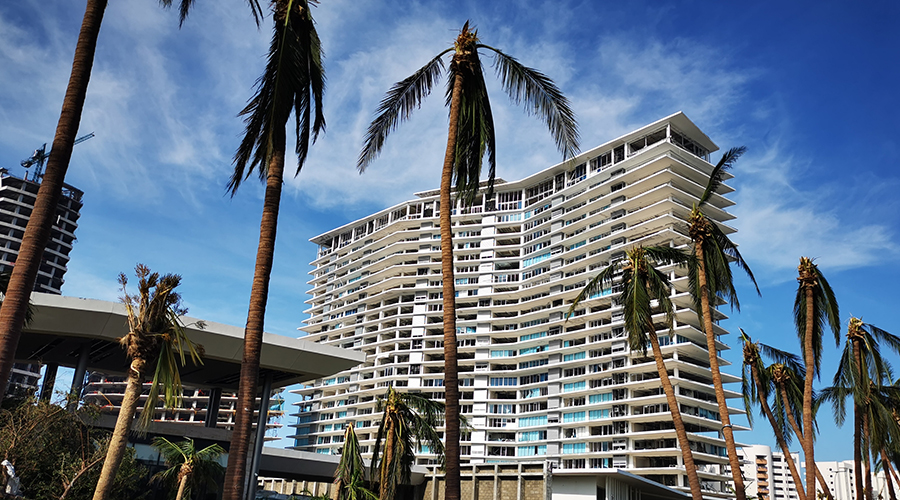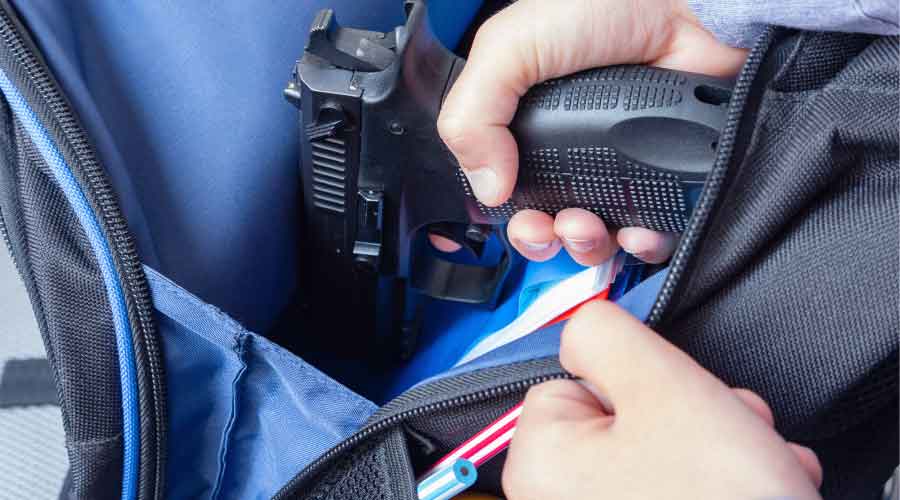 More than 40 states require schools to perform active shooter drills on at least an annual basis. Facility managers need to be well versed in drill procedures.
More than 40 states require schools to perform active shooter drills on at least an annual basis. Facility managers need to be well versed in drill procedures. A Grim New Normal: How to Perform Active Shooter Drills
As important as strategies that make active shooter drills in schools effective, facility managers need to know what not to do in order avoid needlessly traumatizing students.
By Greg Zimmerman, senior contributing editor
Since the Columbine shooting in 1999, active shooter drills at school facilities have become the grim norm. About 95 percent of all schools have an active shooter emergency response plan and perform regular active shooter lockdown drills, according to data from the National Center of Education Statistics. At least 40 states now require schools to perform active shooter drills on at least an annual basis. The Uvalde, Texas, School District, which includes Robb Elementary School, the site of the horrific shooting in late May 2022, had performed its annual active shooter drill in conjunction with law enforcement only two months prior to the shooting that killed 19 students and two teachers.
Data compiled by Everytown for Gun Safety shows about 63 percent of active shooter incidents occur at K-12 schools. There is still much debate on whether active shooter drills are actually effective, but the fact that active shooter drills are now a regular part of the fabric of school safety plans means facility managers must work closely with school administrators, teachers, students, and local law enforcement to plan drills that meet two goals: First, active shooter drills must prepare students and teachers to act quickly and decisively to save as many lives as possible in the event of an active shooter, and secondly, active shooter drills must do no harm in terms of traumatizing or terrifying students during a drill itself.
How can these goals be accomplished? A recent analysis by The New York Times showed that of the 433 active shooter events in the U.S. since 2000, 249 ended before law enforcement arrived. This reinforces the importance of active shooter drills onsite and making sure everyone onsite knows what to do to best protect life. The Federal Emergency Management Agency (FEMA) offers a wealth of resources to guide facility managers and school administrators planning active shooter drills. But it’s still important to tailor a drill for a specific facility’s situation. The first step to be taken is defining the scope of the drill, whether a full-scale active shooter drill, a table top demo, or something in between.
“While table top drills are excellent for school administrators and key personnel, they are not effective in training support staff such as maintenance workers, school vendors, substitute teachers, food service workers, etc.,” says Dustin Randall, chief operating officer of Safe Passage Consulting, a consulting firm that helps schools plan and implement active shooter drills. “Most importantly, drills should include the student body as well.”
As expertise evolves, and drills become more sophisticated, experts say including law enforcement is absolutely crucial.
“Law enforcement agencies should be familiar with the schools in their areas of responsibility,” says Randall. “This should be a top priority for law enforcement administrators and school district leadership alike.”
Getting law enforcement involved, though, can be challenging. They’re busy, short-staffed, and have what they see as higher priorities. That’s why it’s important to forge a relationship with law enforcement early and often.
“Schools should do their best to gain information from law enforcement on response measures,” says Sean Ahrens, a Chicago-based security expert with decades of experience. Ahrens suggests using the “who, what, where, when, how” protocols for working with law enforcement.
- Who — who is the police liaison and what are the contact numbers? Are officers trained, do they have rapid response/SWAT teams on patrol, who is a point of contact in law enforcement, are they still there? Are they retiring?
- What — what should be law enforcement’s response? Do they make entry? Do they stage outside?
- Where — Is law enforcement familiar with school, layout, entrance, gathering points, and classrooms?
- When — What is the response time for law enforcement to arrive at the facility after an incident is reported? How long does it take for police to support pre-event, during (incidence) and address post incident concerns?
- How —What can the school do for law enforcement? Does law enforcement have access to the school, which includes keys, access control cards, contact information? What else can the school do to support law enforcement in resolving the incident?
What NOT to do
In recent years, there have been many examples of unannounced active shooter drills that ended up going terribly wrong. One example is a 2019 drill at a large high school in Florida where a Code Red was issued to students and teachers informing them that this was not a drill and there really was an active shooter in the building. It turned out that law enforcement had initiated the drill with a text mass notification system and failed to adequately inform the school they were performing a drill. The poorly run drill resulted in a few injuries, much panic, and several traumatized students.
Events like that where communication breaks down ahead of time, and students don’t know a drill is a drill can needlessly traumatize them. Creating a drill that effectively balances a training exercise that mimics a real-world scenario and one that goes overboard to too closely mimic a real-world scenario is a constant challenge for facility managers.
“The shock and awe of training with nerf guns, simulating dead people, traumatizing students, and even teachers should be avoided,” Ahrens says.
“Scare tactics hold zero training value and should never be implemented into any training in a school, ever,” adds Randall.
So how do facility managers avoid scaring and traumatizing students, while still teaching them the valuable lessons they’ll need to learn in case of a real-life emergency? Ahrens says that training must be systemized, age-appropriate, and compartmentalized. Compartmentalization is important, says Ahrens, to make sure that no student knows every part of a plan, because often school shooters are members of the school community.
“See something, say something” is an absolutely crucial lesson to drill, even for children at a young age. In June 2022, a 15-year-old student brought a gun into a Chicago high school. But he was apprehended before anyone was harmed because one of his classmates immediately informed teachers. The student was arrested before the school was even placed on lockdown.
Various school districts have different protocols for the purview of a facility manager’s responsibility when it comes to interacting with students, planning an active shooter drill generally, and collaborating with law enforcement. But the drill procedures are absolutely something in which facility managers need to be well versed. That’s to say training and awareness are just as important for facility managers as they are for the students, teachers, and administrators in a school.
“I strongly believe that training, suspicious awareness, reporting can help us avoid these instances,” says Ahrens. “There is no better way to prepare for uncertainty than to practice.”
Greg Zimmerman is senior contributor editor for the facility group, which including FacilitiesNet.com and Building Operating Management magazine. He has more than 18 years’ experience writing about facility issues.
Related Topics:









